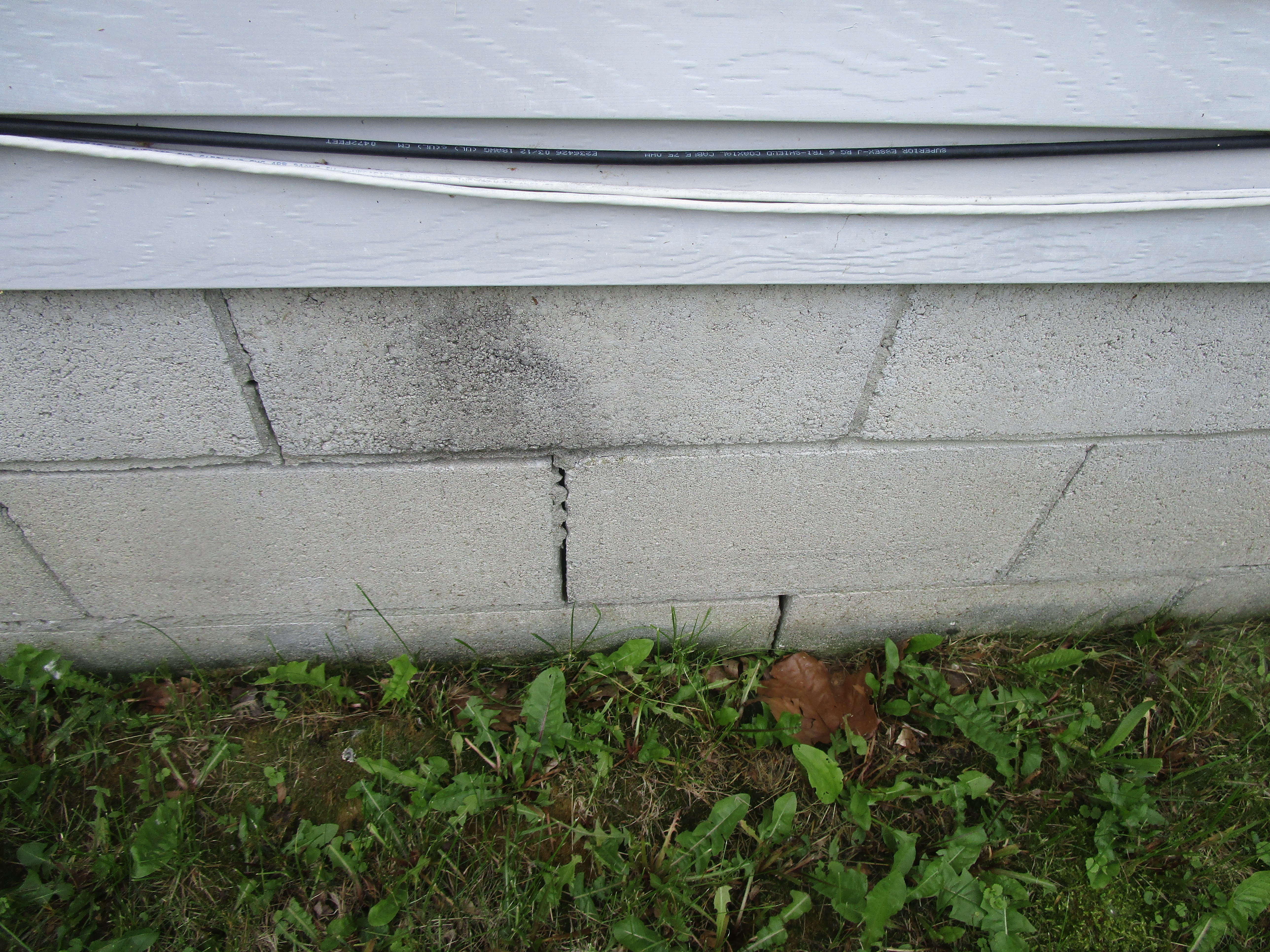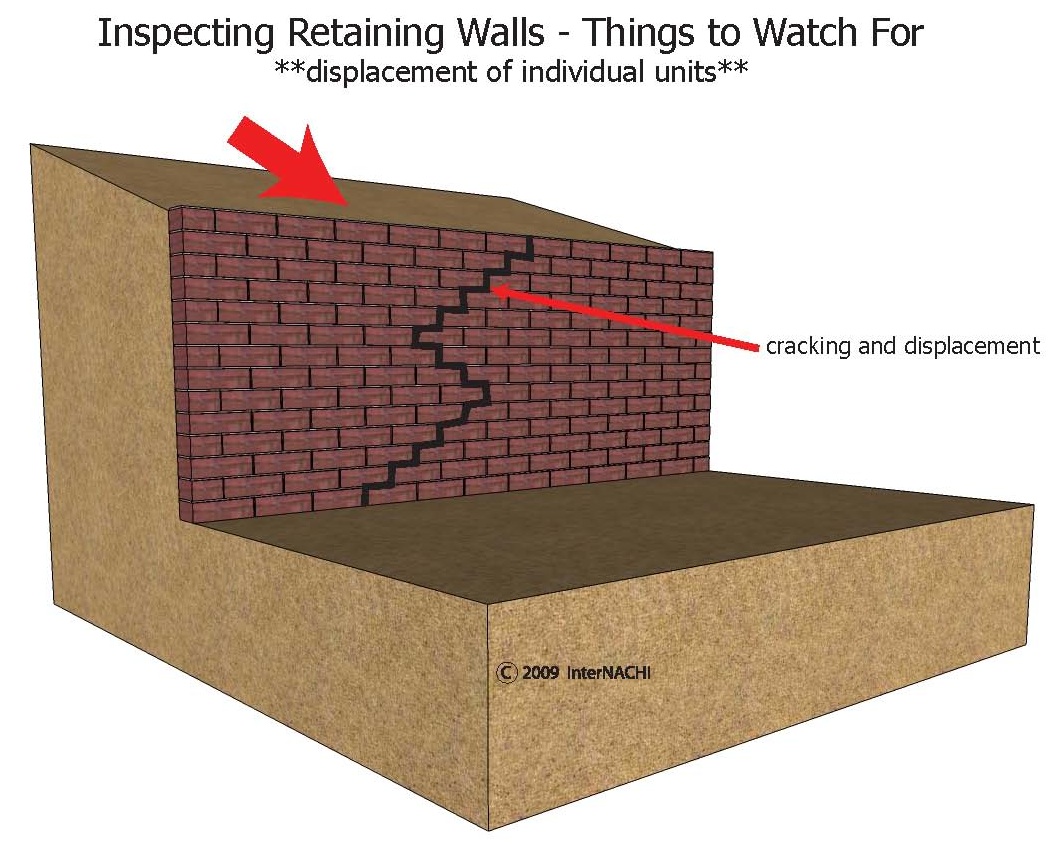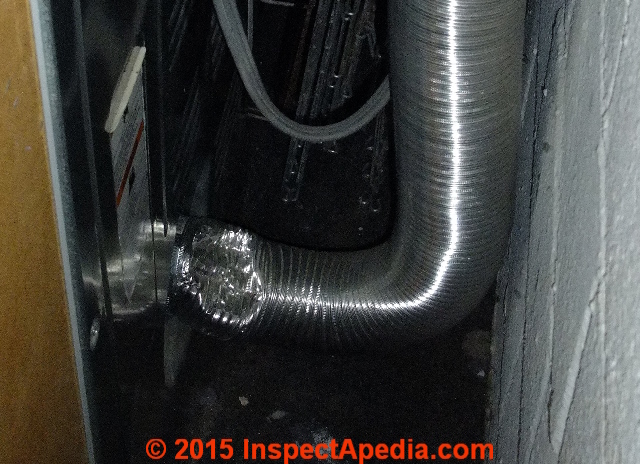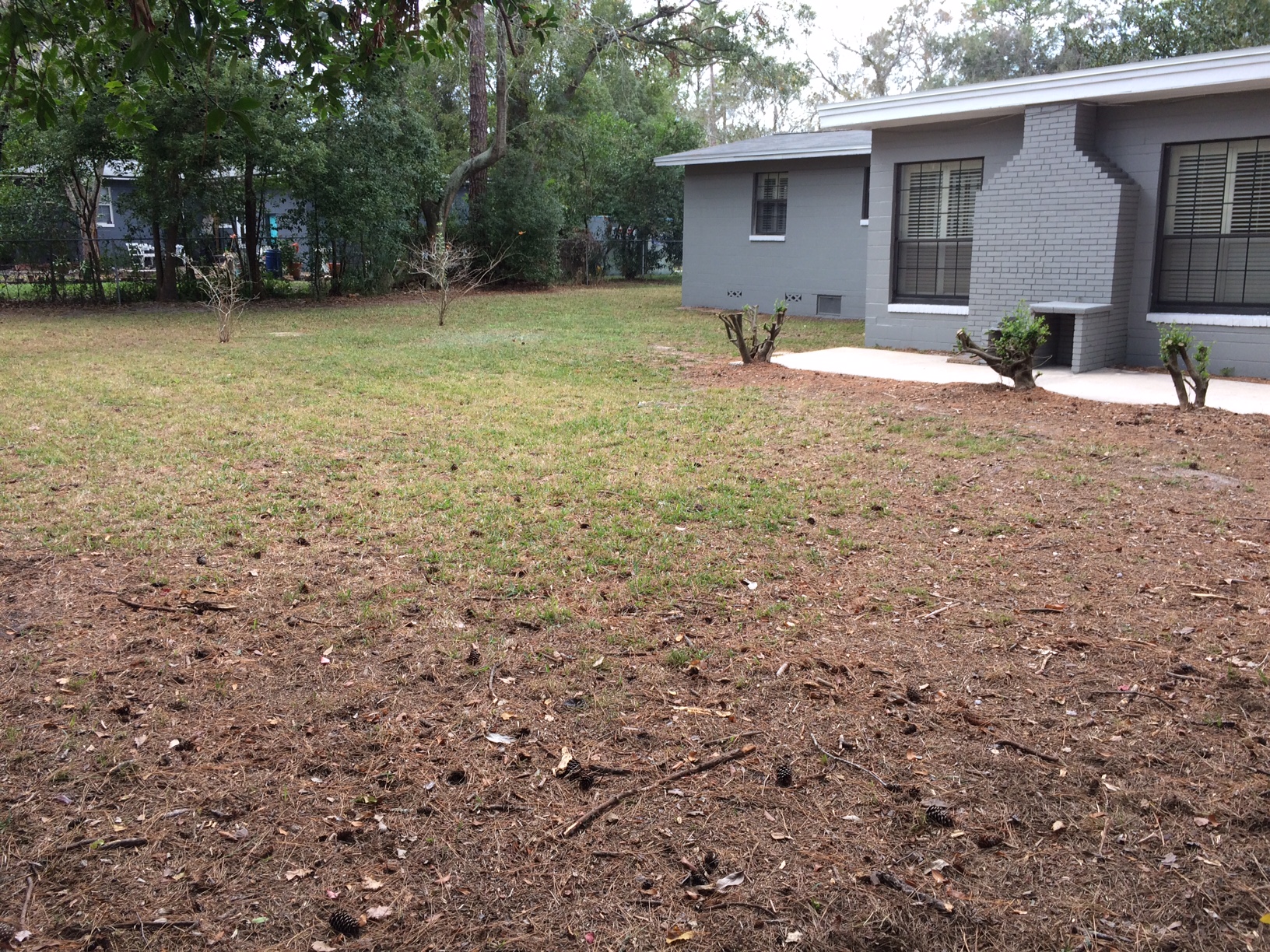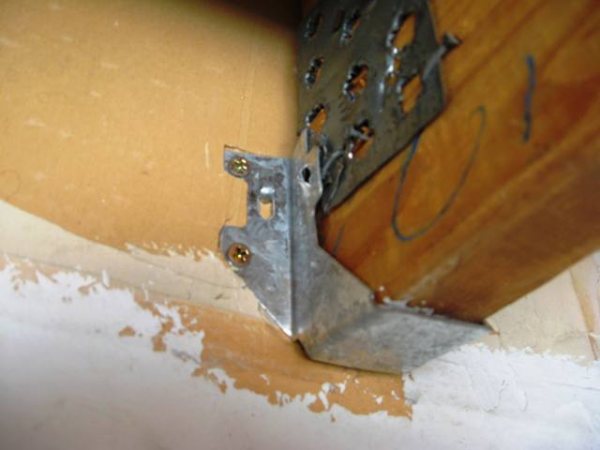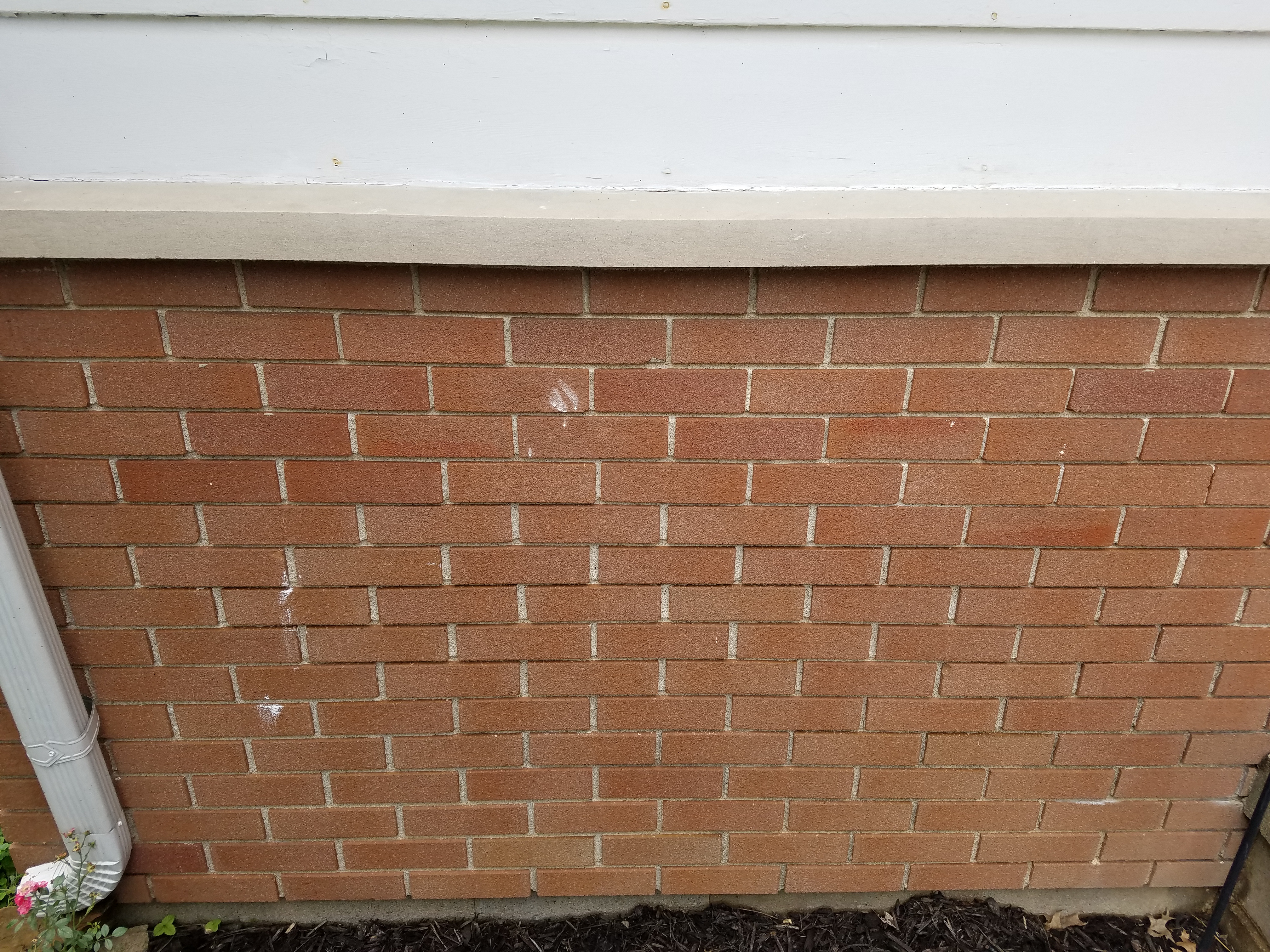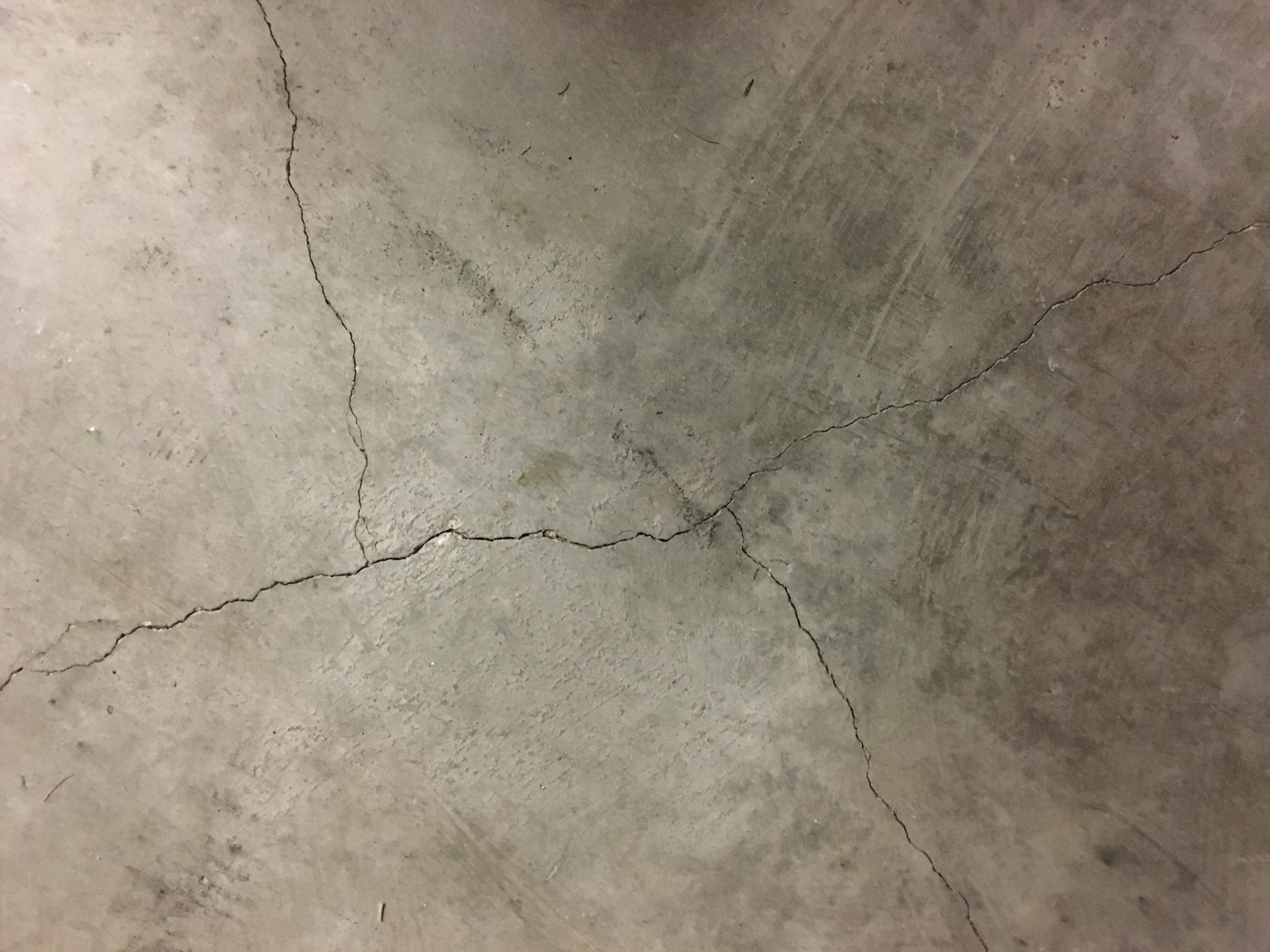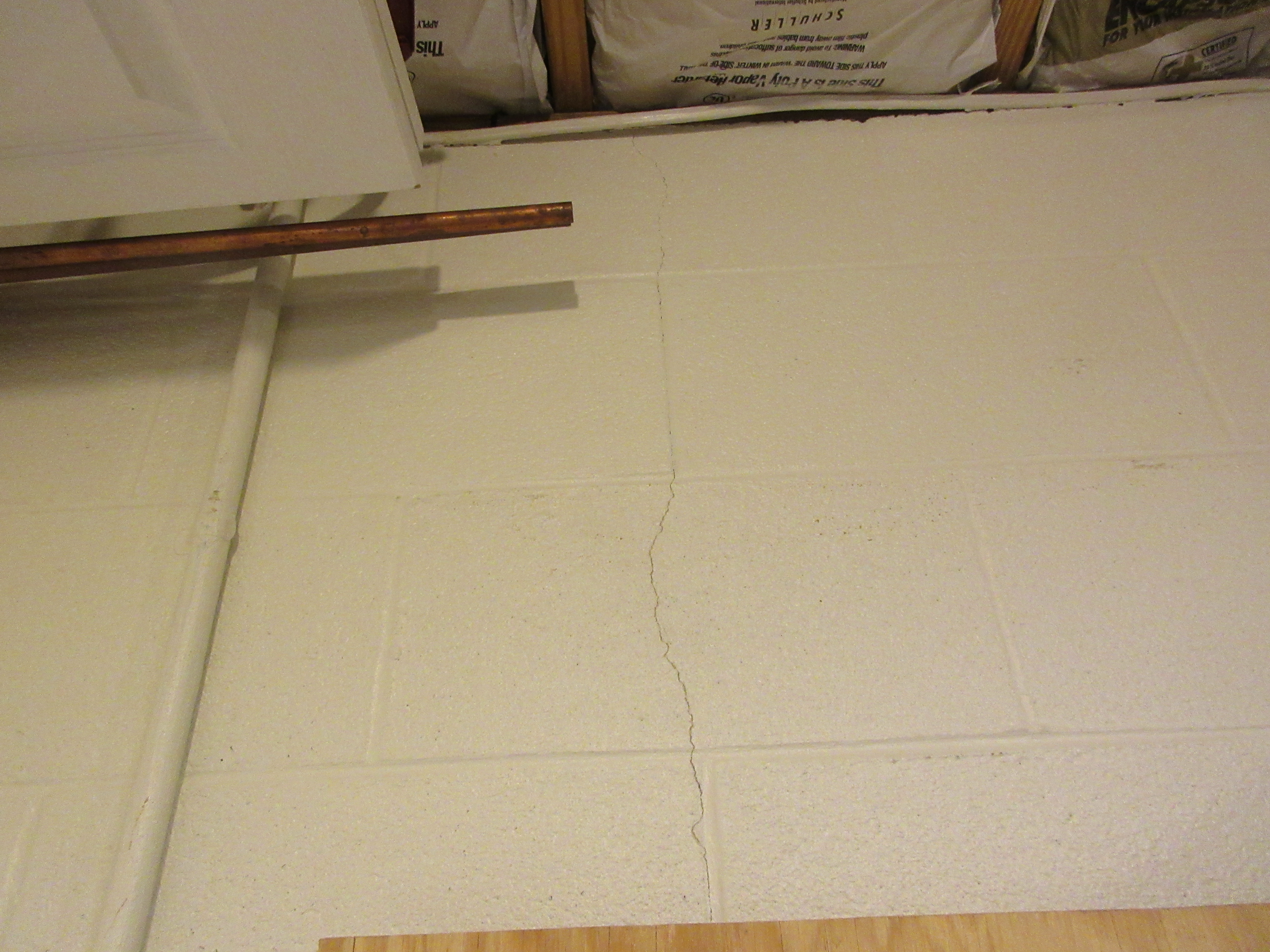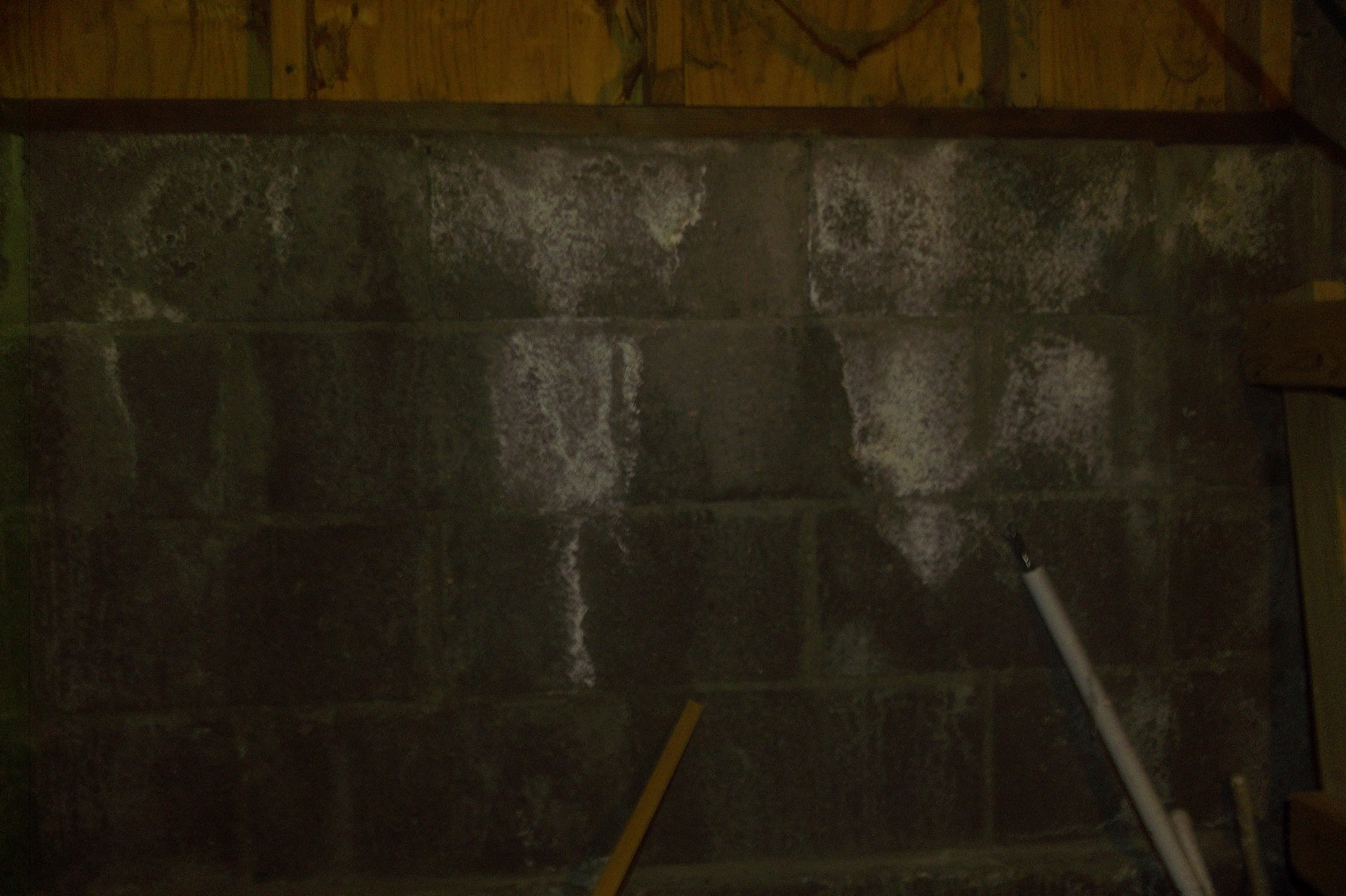Research & Writing Assignment:
Inspecting Concrete
The great challenges of inspecting concrete are the limitations of a visual inspection and the many variables that affect concrete. Inspectors who learn about the fundamentals of concrete and become familiar with the factors that can affect it will better understand what problems to look for, where to look for them, how to recognize them, and their potential for serious, long-term damage.
Concrete is a composite material composed of various constituent materials: a binder, usually cement, aggregates, and water. Mix together they will form:
Cement Paste = Cement + water
Mortar = Cement paste + sand
Concrete = Mortar + aggregate
Each of these constituent materials can vary in its chemical makeup and performance characteristics, depending on where it was extracted, manufacturing methods and conditions used to produce it.
Factors Affecting Concrete:
Different factors can affect concrete and the problems that inspectors will see. How concrete hardens, strengthens and the qualities of its surface depend on a number of things, including the properties of its constituent materials.
-
Binders: produce a gel that fills tiny voids between cement particles, making concrete less porous and less likely to absorb moisture or chemical solutions that can damage concrete or steel reinforcement.
-
Aggregates: normally quarried locally, their texture, weight, strength, and absorptive and reactive properties vary, and this variation can affect the concretes properties.
-
Water: The chemical composition of water can affect concrete, but more important is the ratio of water-to-cement paste used in the mix. Increasing the ratio of 25%water for workability makes concrete more porous; as this extra water rises to the surface as bleed water and through evaporative drying, it leaves behind capillary voids that weaken concrete and make it more absorbent, increasing the chances of freeze damage and attack from liquid chemicals. It is not uncommon for the water-to-cement ratio to be well over 45%.
-
Mix Design: The constituent materials which are included in the mix, their proportions, the order in which they are combined, the length of time and method by which they are mixed, and the length of time between mixing to placing all affect the quality of concrete.
-
Environmental Conditions: The ground and air temperatures, wind speed, cloud cover, and the absorbent qualities of the substrate during placing, finishing and curing will affect newly placed concrete.
-
Workmanship: The quality of workmanship can have an effect.
Here are some common workmanship mistakes:
Inadequate cover of reinforcement steel.
Incomplete concrete consolidation.
Creating cold joints
Finishing (troweling) the surface too soon; and
Improper curing methods or lack of curing.
Cracks
The advantage to inspectors in being able to accurately determine the source of cracking is in understanding whether the condition that caused the cracking has stabilized so that it is no longer likely to cause additional cracking or encourage the propagation of existing cracks.
The cause of cracking can be related to:
the properties of the constituent materials;
the design mix;
the surrounding environment in which concrete is installed;
mixing, placement, finishing and curing practices;
the type of use; and
maintenance practices.
Crack Basics:
Cracks that appear before the concrete has hardened are called plastic cracks. Plastic cracks are typically due to poor mix design, placement practices or curing methods, and may also be caused by settlement, construction movement, and excessively high rates of evaporation.
Cracks that appear after concrete has hardened can have a variety of causes, and sometimes have more than one cause.
